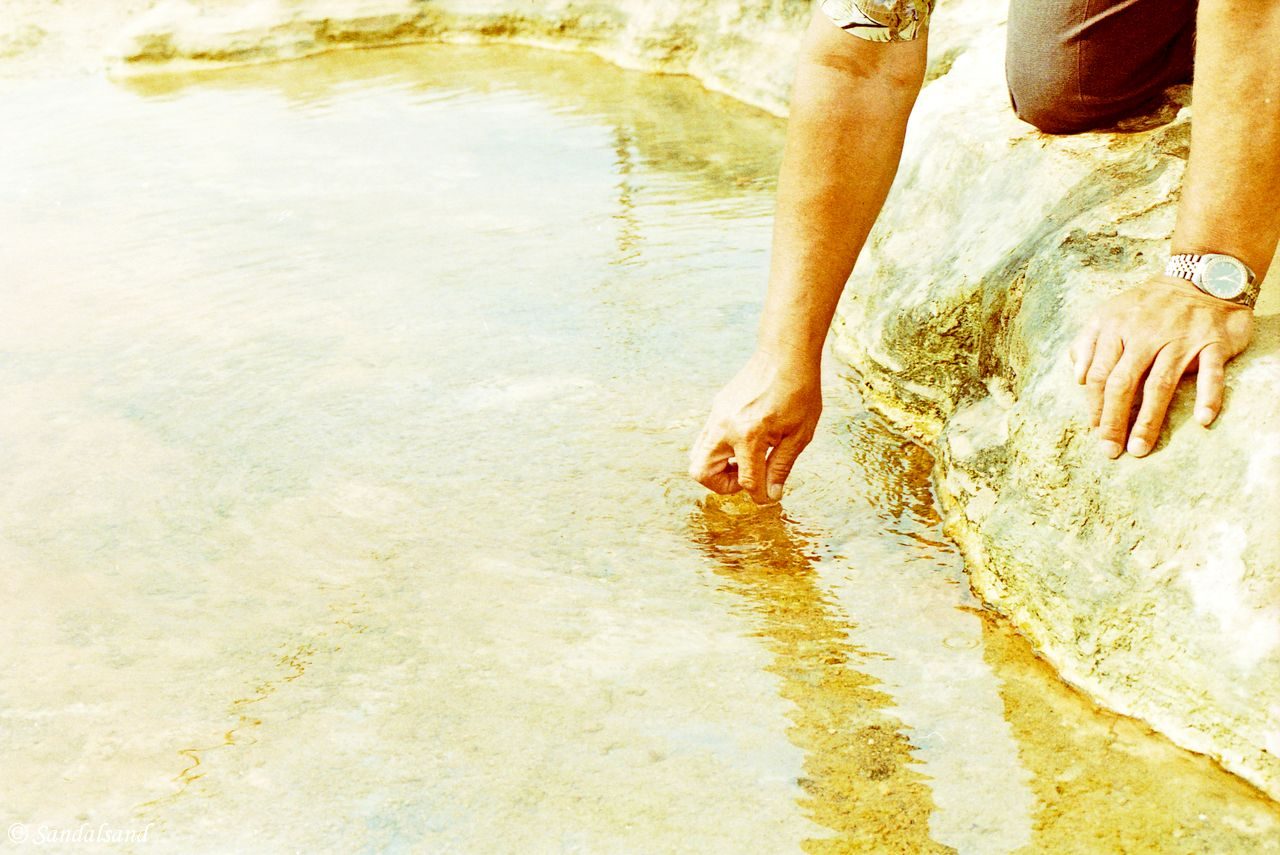What do I mean by 7 strange rock formations? Well, the Earth’s surface is full of loose stones and boulders and solid rocks. Some have over the years evolved into very strange formations.
This post is part of a series portraying the classic Elements of Nature: Earth, Fire, Water, Air. Rock formations are examples of the first element, Earth.
There is much to include.
First off are a string of four World Heritage Sites
1. Giant’s Causeway, UK
Some 50 to 60 million years ago the north coast of Northern Ireland saw a number of volcanic eruptions. Volcanoes have across the globe contributed significantly to the building of new land masses and this is one very special case. 40,000 interlocking basalt columns is a sight seen nowhere else on Earth. Most of them have six sides, but some have more and others less.
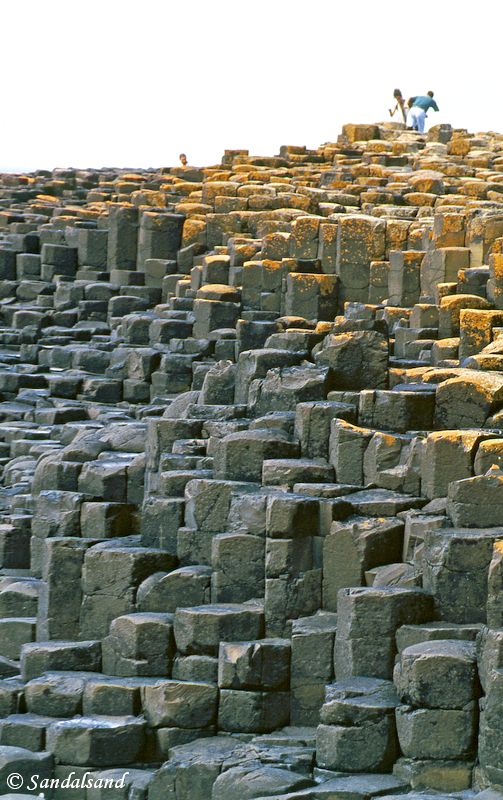
The basalt columns of Northern Ireland’s Giant’s Causeway
2. Shilin Stone Forest in Kunming, China
Coming up is a weird landscape called the Shilin Stone Forest in southern China. Naming it a “stone forest” is quite accurate, because some of the rocks look like petrified trees, and there are many of them. The karst areas in southern China are also World Heritage Sites and are caused by the dissolution of limestone over the last 270 million years.
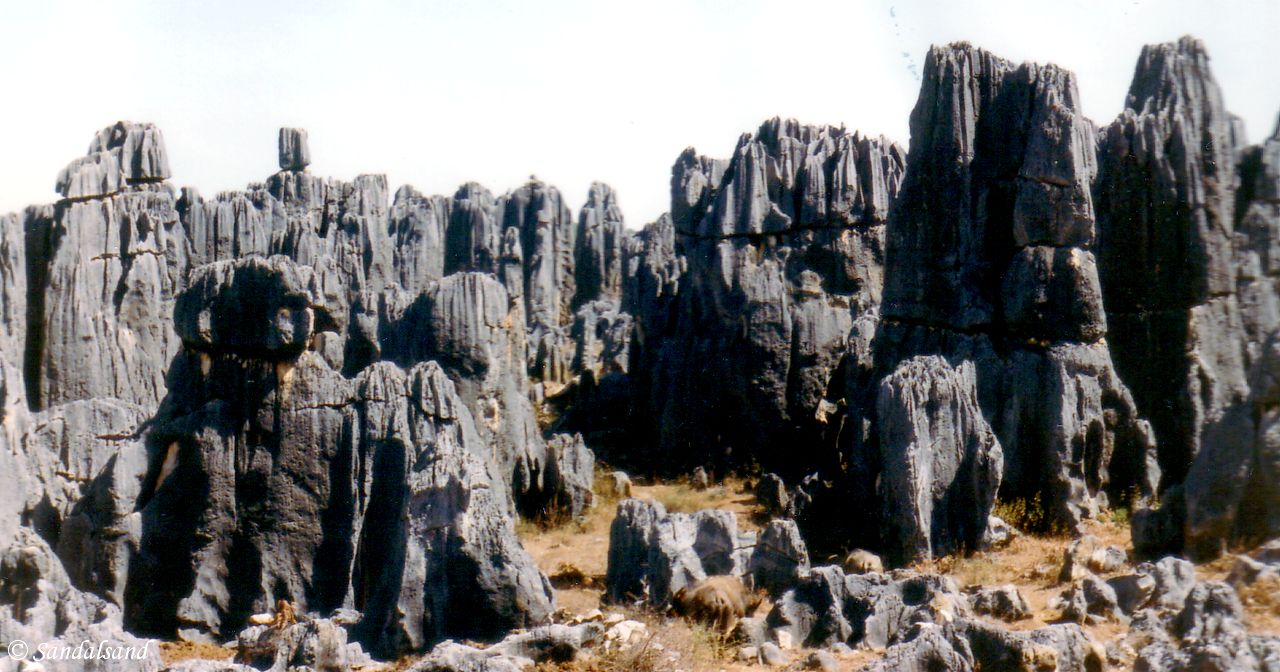
Shilin Stone Forest – The stones tower ten metres up in the air.
We are now moving back to the other side of Asia and two sites in Turkey.
3. Göreme, Turkey
The eroding forces of wind and water have been at play here in Göreme for millions of years and created some very fascinating “fairy chimneys” as they are called. One of the places is the “Love Valley” and you realise what kind of fairy tale this might be about. Adding to the fascination of this place are the rock-hewn ancient churches in the area, but that is beyond the scope of this article.
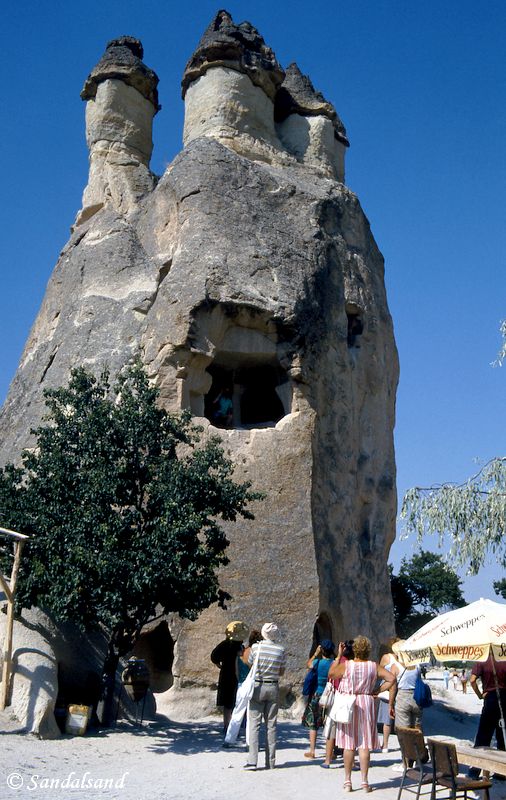
A triple fairy chimney in Göreme
4. Pamukkale, Turkey
Moving westward in Turkey we encounter Pamukkale, a place that is even more fairy-tale-like in my view. Calcium carbonate is deposited by water as a soft jelly, but it eventually hardens into travertine. The white travertine basins are taking the shape of terraces high above the flat plain down below.
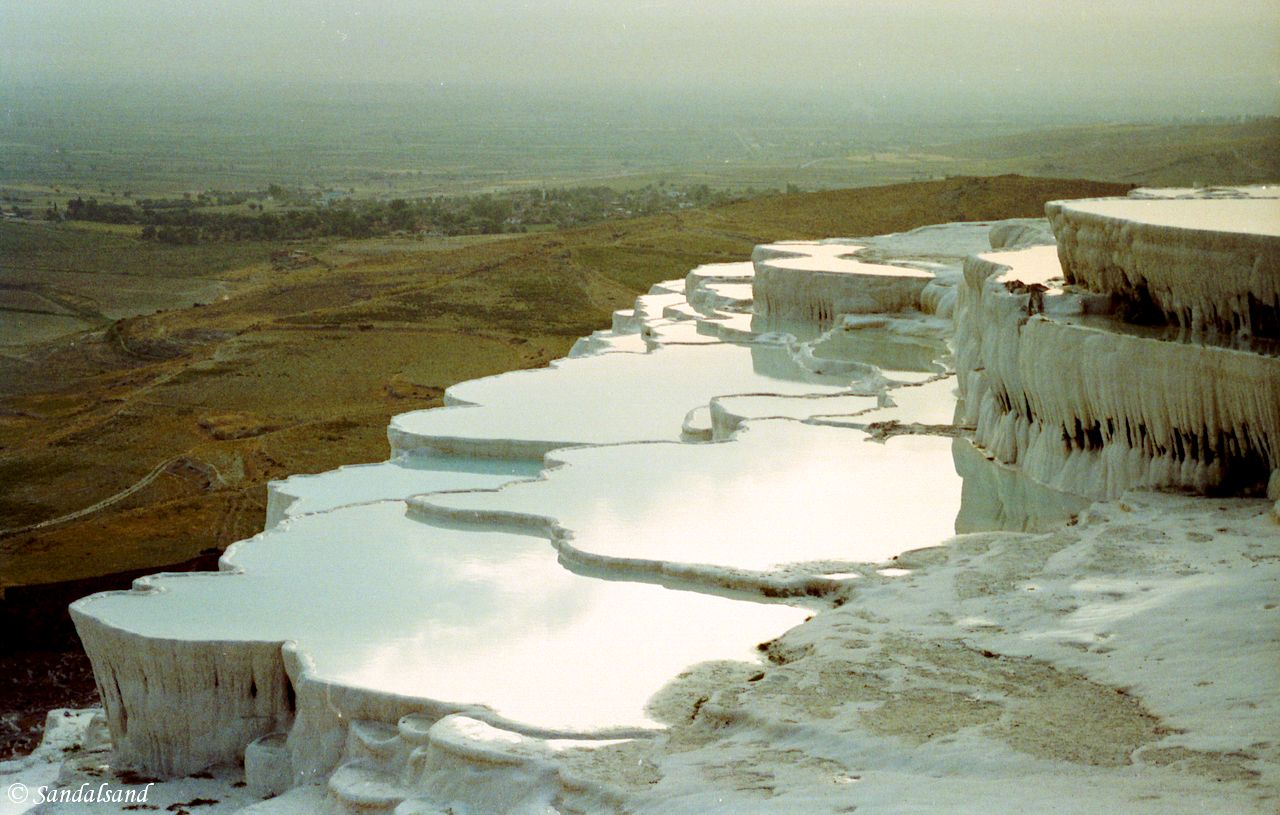
Pamukkale, the “cotton castle” in Turkey
Two more landscapes
We are now moving beyond the sphere of World Heritage Sites, but not beyond fascination. First, there are two more landscapes I would like to mention. Many porous hills and landscapes are often formed by erosion or some kind of karst, like limestone. The soft rock is quite easy to turn into very strange formations – after a few million years that is.
5. Valle de la Luna outside La Paz, Bolivia
Valle de la Luna, or Valley of the Moon right outside the Bolivian capital is littered with rugged rocks. Thanks to different minerals in the rock, the colours vary as well.
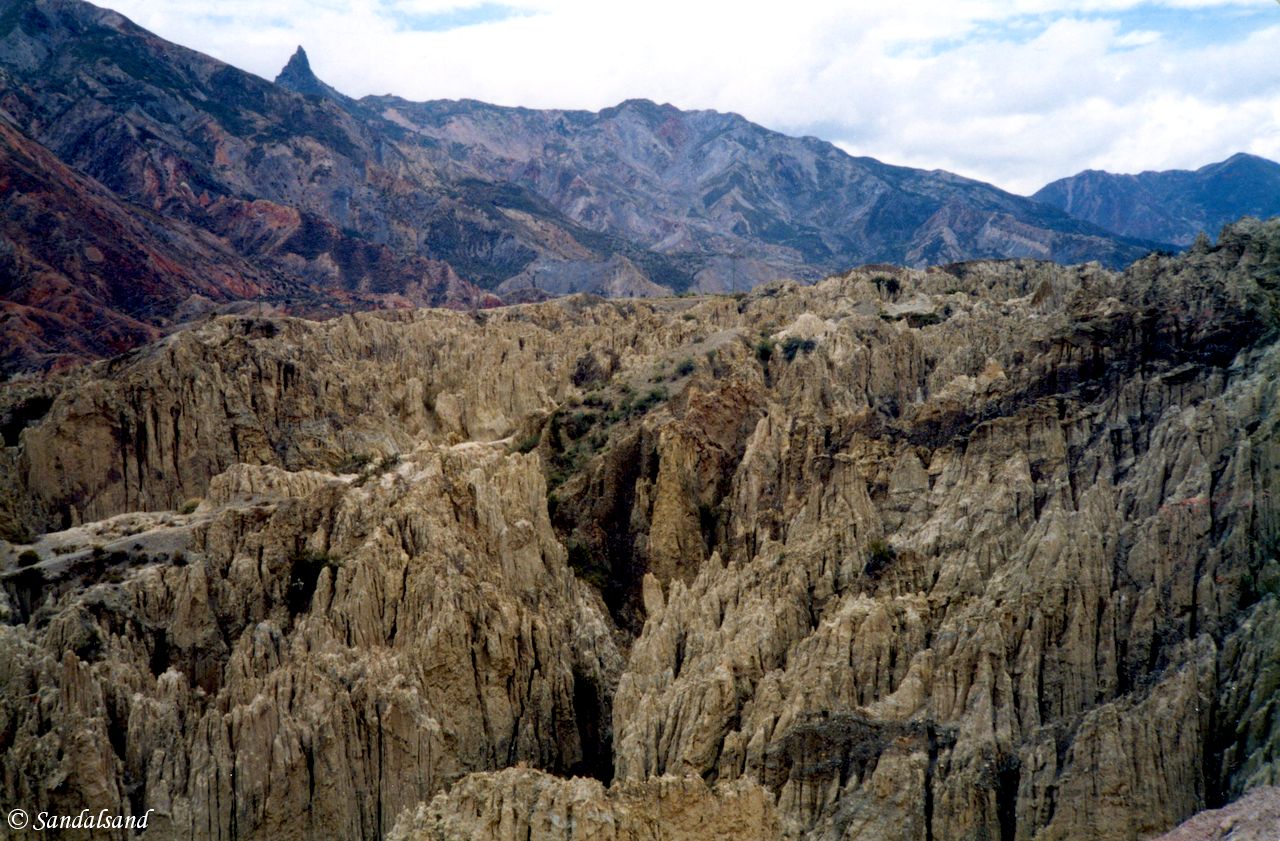
Valle de la Luna outside La Paz
6. Vang Vieng, Laos
We are now moving across the Planet and back to Asia. The karst mountains of Vang Vieng draws visitors for the sake of river tubing, but some also to enjoy the lovely scenery. There are caves to enter here as well.
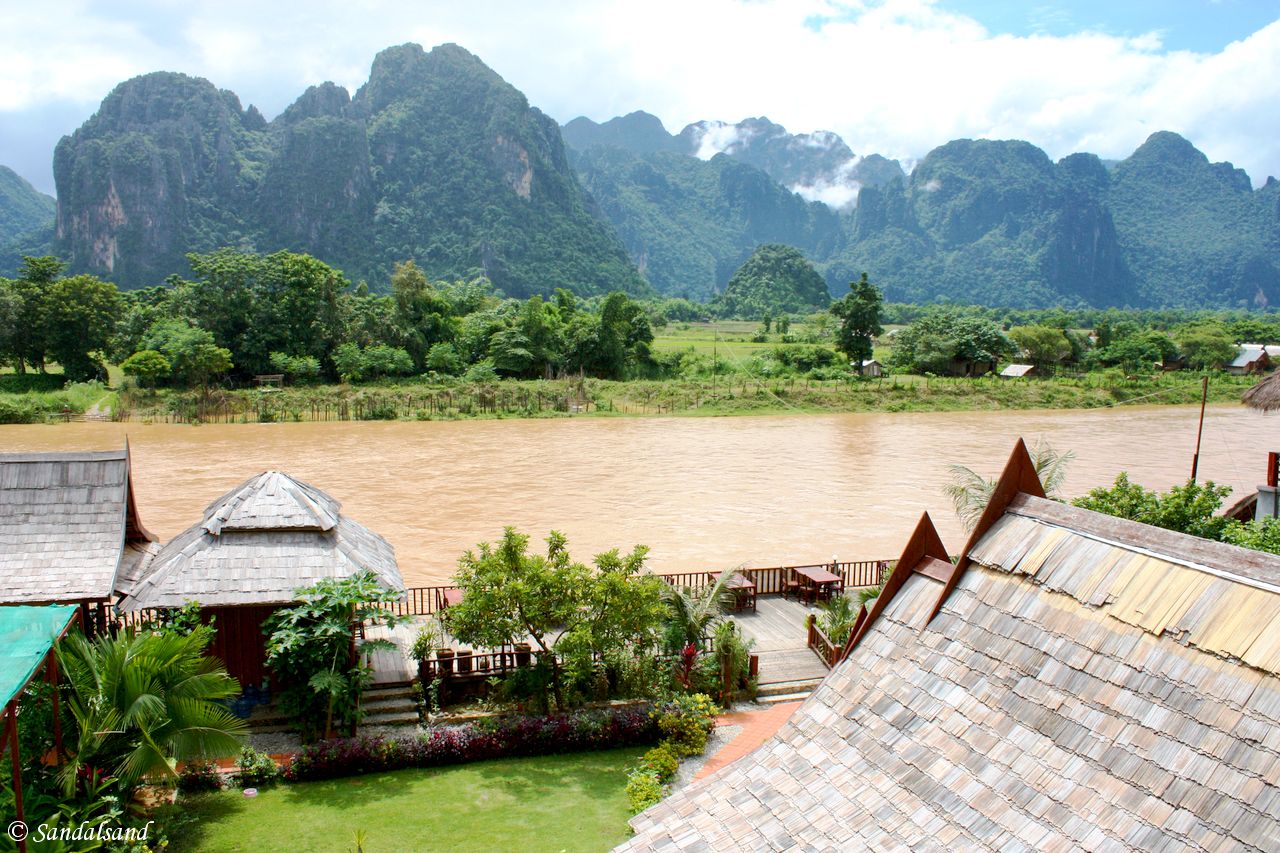
A room with a view, in Vang Vieng
Home to Norway
The last image I would like to include is from right outside my own back door, in Norway. It is very different from the other ones in this article.
7. Kjeragbolten, Norway
Kjeragbolten is a special case of outcrop with a large boulder set into it. This boulder is stuck in a ravine almost a thousand metres above the fjord. The daring ones jump onto it to have their picture taken, like I did here.
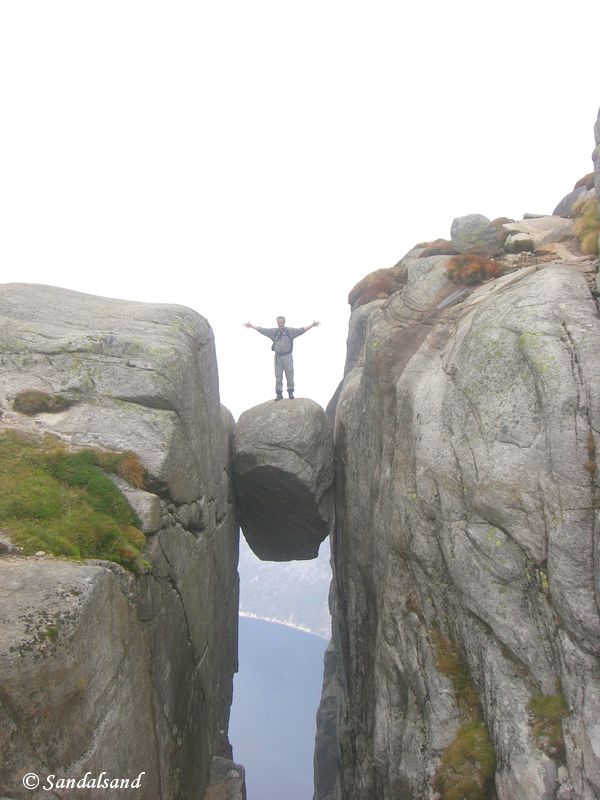
Madman on the Kjerag boulder – Kjeragbolten. This is me.
This last image is also an introduction to the next article. Read on.
Further reading
That was 7 strange rock formations. Missing anything? For sure, I’ve had to skip some of my images related to this subject and refrained from mentioning some of my visits. Feel free to search this website for more. In addition, you are surely missing famous places or your own favourites. Chances are I haven’t been there, and I only include my own images and visits in this series.
All articles in this series
(1) Introduction
(2-7) Element: Earth
(3) Strange Rock Formations (THIS)
(8) Element: Fire
(9-14) Element: Water

